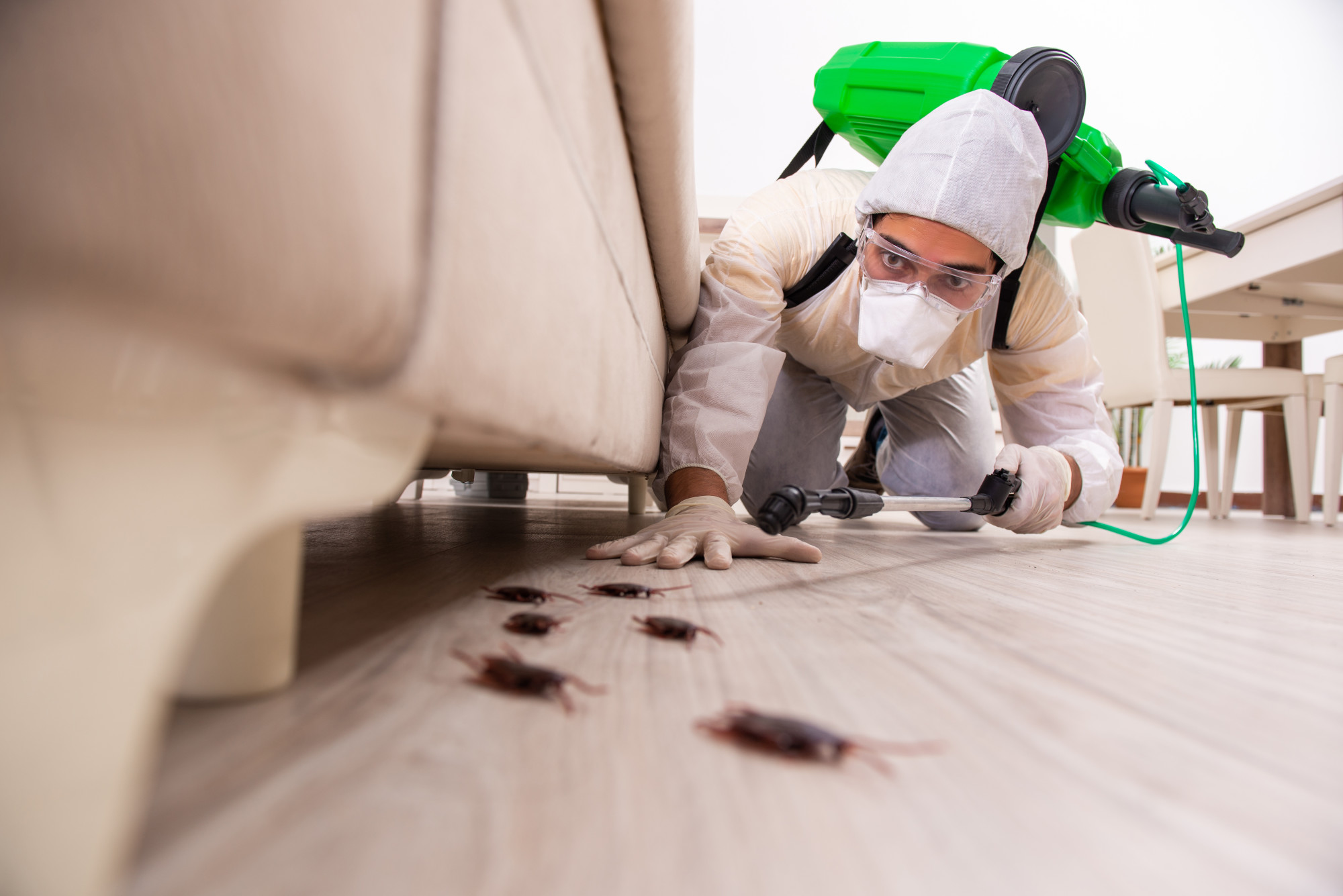Did you know that the United States is home to a staggering 91,000 described species of insects?
That’s right!
Unfortunately, many of these creatures, plus true bugs, have found their way into our homes. For instance, bed bugs are in nine in 10 of single-family homes in the US. The 106 million US households with cats and dogs are also at risk of flea infestations.
Worse, those figures don’t even include beetles, ants, flies, wasps, and termites yet.
If you’re now sharing your home with these pesky creatures, it’s time that you learn how to get rid of bugs. Depending on how big the infestation is, some DIY solutions can still help you remove them from your home.
Ready to kick these creepy crawlers out of your home? Then let’s get right into it!
Determine What Type of Pests You’re Dealing With
Of the described insect species in the US, only 0.10% to 1% classifies as pests. Less than 1,000 are serious pests, while less than 10,000 are occasional pests. The rest are either harmless, with many others even being beneficial.
That said, you first want to determine what those little bugs in your house are and if they are harmful. Some of them may actually be helping your plants pollinate and bear fruit.
Knowing the type of pests you have at home will also help you choose the right extermination method. Some 500 species of insects are already resistant to pesticides and insecticides.
These include bed bugs, which now show resistance to neonicotinoids. This is the insecticide that used to be effective in killing and controlling them.
If you find shed skin in your bedroom and you wake up with red and itchy bites, you may have bed bugs. If you have dogs or cats though, and you always see them scratching, you may be dealing with fleas. Discarded wings often signal termites, while black capsule-like droppings could be cockroach eggs.
Remove Clutter
Cockroaches, spiders, and other pesky bugs love clutter since they can hide in such places. Termites, carpenter ants, wasps, and beetles also feed on undisturbed wood and paper. Many of these pests also use clutter as their breeding grounds.
Yard clutter, like old tires, buckets, and watering cans, can also be pest harborages. These objects can collect water that attracts mosquitoes, water striders, and fishing spiders. These pests will hide and reproduce in such places.
This is why decluttering is one of the first key steps on how to keep bugs out of the house. Removing these unused items from your home also helps get rid of existing pest colonies.
Don’t Leave Food and Water Exposed
Bugs and insects have incredible olfactory senses, so they can smell food from miles away. Take ants, for instance, the odor receptors of which are four to five times greater than other insects. Scientists found that these insects have 400 odor receptors, while honeybees have 174.
If you keep leaving food and leftovers exposed, these bugs and insects can track down your home. That’s why you should always keep cooked food covered or better yet, in the fridge. Store dry products, like sugar and grains, in vacuum-tight jars.
Make sure that you clean food and beverage spills with soap too, to eradicate their smells. Wash kitchen towels and rags frequently as well, to prevent them from becoming smelly. Dirty kitchen cleaning items can also attract pests.
Also, keep in mind that kitchen sponges can be up to 200,000 times dirtier than toilet seats. This “dirt” can be quite appealing to bugs, like flies and roaches. So, be sure to wash and cover it after every use, and replace it once or twice a month.
Spritz Away With Homemade and Natural Anti-Bug Sprays
The acid in citrus fruits and vinegar destroys the food trails of insects like ants. A study also found that in concentrations of at least 10%, vinegar can repel fruit flies.
Lemon eucalyptus oil, mint oil, and citronella have also shown mosquito-repelling abilities. Essential oils made from lemon, lime, and orange have also displayed cockroach-repelling effects.
That said, try cleaning your kitchen sink with homemade citrus or vinegar solutions. Spray or wipe some of the concoction on windows too. Fill small containers with essential oils and set them in areas where you’ve seen these bugs.
Use Very Hot Water (With Care) to Wash Away Bed Bugs and Fleas
You may be able to control minor bed bug and flea infestations by using heat treatment on fabrics. For starters, wash your clothes, beddings, and rugs in very hot water. Then, finish things up with your hot clothes dryer set to a temperature above 95 ºF.
According to studies, this is the temperature at which certain types of fleas (and their eggs) die.
Get in Touch With a Local Pest Control Service
If you’re dealing with a huge pest infestation, it’s best to involve pest control experts. Especially if you’re dealing with many pests, like fleas, termites, bed bugs, or rodents. One colony of mature termites alone can already consume wood at a staggering rate of 11 pounds a month.
Make sure you get at least three quotes from different pest control companies first. Ask them about guaranties, special offers, and post-treatment services. Here’s a page where you can find out more tips on choosing a pest exterminator.
Follow These Techniques on How to Get Rid of Bugs Now
There you have it, your ultimate guide on how to get rid of bugs and keep them from coming back. The sooner you give these techniques a go, the sooner you can reduce pest colonies. If you still can’t control their population though, it’s time to ring up a pest control company.
What’s important is to avoid putting off pest treatment, as this will only let the bugs cause more damage.
Ready for more pro hacks that can help you keep your home healthy, safe, and pest-free? Then be sure to check out (and bookmark!) this site’s DIY section!
